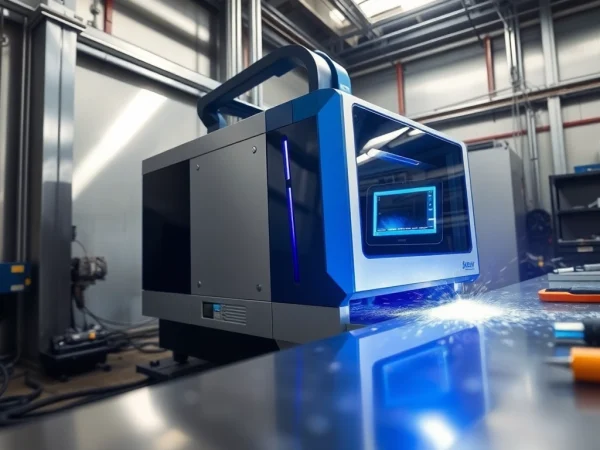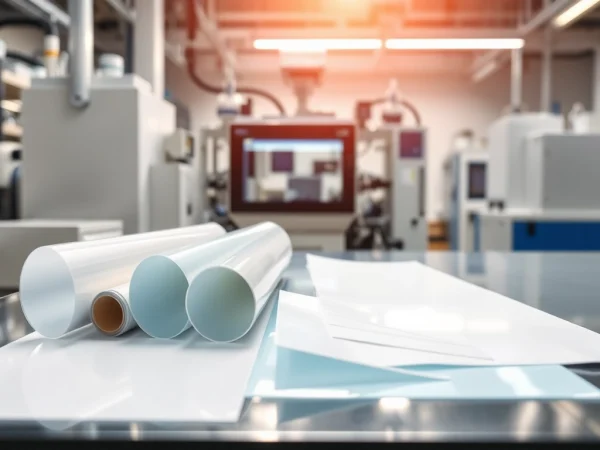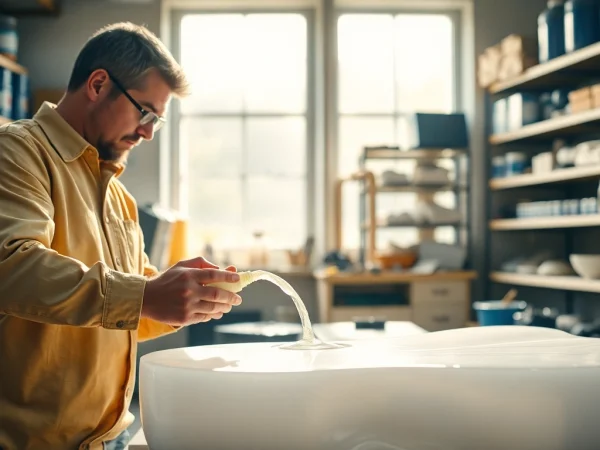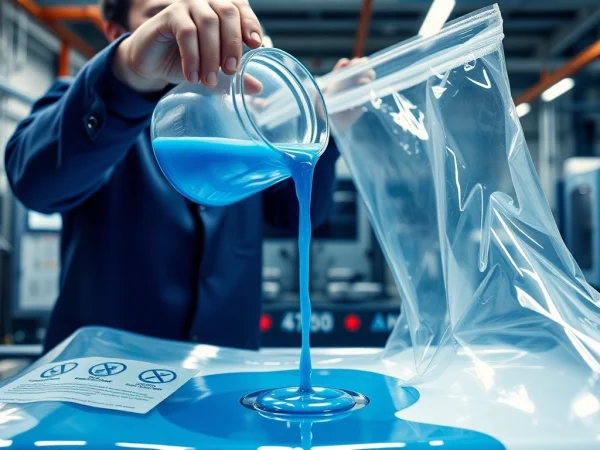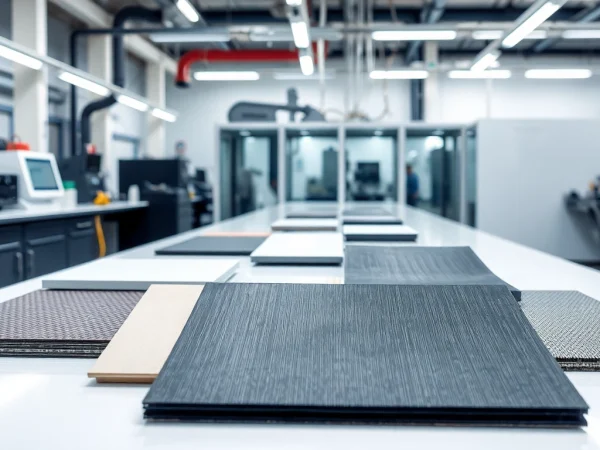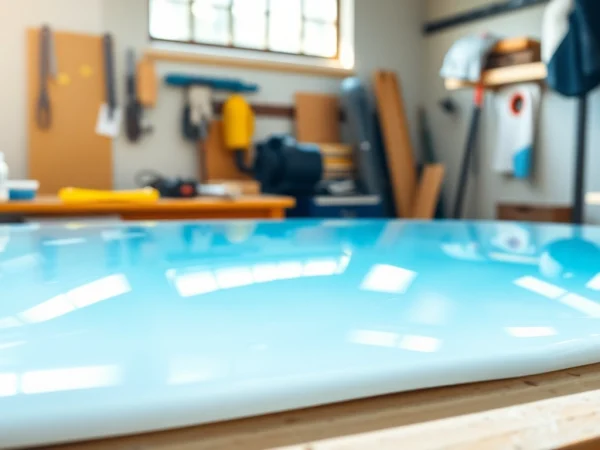Precision Die Cutting Services: Accuracy, Efficiency, and Custom Solutions
Understanding Precision Die Cutting
What is Precision Die Cutting?
Precision die cutting is a manufacturing process used to create complex shapes and designs from a variety of materials, including paper, plastic, metal, foam, and textiles. Utilizing specialized machinery, this process involves the application of a sharp cutting tool, known as a die, which precisely cuts through the material to form shapes that meet exact specifications.
This technique is particularly vital in industries such as packaging, automotive, electronics, and medical sectors, where accuracy in part production is paramount. The precision achieved in die cutting not only ensures the functionality of the final product but also enhances aesthetic attributes, making it an indispensable method in modern manufacturing.
By utilizing precision die cutting, companies can optimize their production processes, reduce waste, and improve product quality.
History of Die Cutting Processes
The origins of die cutting can be traced back to the late 19th century when the need for mass production of uniform shapes became apparent. Early die cutting methods primarily catered to the shoe industry, where leather pieces were cut into specific shapes to produce footwear efficiently. As industrialization took off, die cutting processes evolved to cater to various industries, including textiles and packaging.
By the 20th century, advancements in technology led to the introduction of mechanical and hydraulic presses, which significantly increased cutting speed and accuracy. The innovation didn’t stop there; the digital revolution brought automated die cutting solutions, enabling precise cutting powered by digital designs. Today, computer numerical control (CNC) technology, laser cutting, and robotic arms further enhance the capabilities of die cutting, enabling complex and intricate designs that were once deemed impossible.
Modern Applications of Precision Die Cutting
Precision die cutting has found its application in numerous fields. In packaging, die-cut boxes, inserts, and labels are prevalent, allowing for custom branding and securing products during transit. In the automotive industry, components ranging from gaskets to insulation pads are produced using precision die cutting, ensuring performance and compliance with strict safety regulations.
In electronics, precise parts like circuit boards and enclosures are essential for functionality. Medical devices also benefit significantly from this technique, where high precision can be the difference between safety and failure. Furthermore, precision die cutting is increasingly being used in the craft and textile industries, allowing for intricate designs in apparel and home decor items.
The Benefits of Precision Die Cutting
Optimized Accuracy and Consistency
One of the primary advantages of precision die cutting is the consistent accuracy it delivers. Traditional cutting methods often lead to inconsistencies in dimensions, which can impact the performance and appearance of the final product. Precision die cutting, however, ensures that every piece cut adheres to precise specifications, making it ideal for industries that require strict tolerance levels, such as aerospace and automotive.
Moreover, the technology involved in die cutting allows for repetitive tasks to be completed with minimal error, which significantly reduces waste and production costs. This level of precision is critical when dealing with tight tolerances, ensuring that parts fit together seamlessly in assembly processes.
Cost-Effective Custom Solutions
Custom solutions through precision die cutting can be more cost-effective compared to traditional manufacturing techniques. While the initial setup costs for creating a die may be higher, the long-term benefits outweigh these costs, especially for large batch production.
As the setup facilitates high output rates, businesses can produce thousands of uniform parts rapidly. This mass production capability reduces the per-unit cost, making it an attractive option for companies looking to optimize their budget while maintaining quality. Additionally, the versatility of materials that can be used in die cutting expands the options available for tailored solutions, catering to specific needs without incurring exorbitant costs.
Speed and Efficiency in Production
In today’s fast-paced manufacturing environments, speed and efficiency are crucial. Precision die cutting provides remarkable turnaround times, enabling businesses to meet production quotas without sacrificing quality. The automated nature of modern die cutting machines means that once a die is fabricated, cutting can occur swiftly and accurately—often at speeds of several thousand parts per hour.
This efficiency allows businesses to respond quickly to market demands, introducing new products or variations without extensive retooling or extended lead times. Furthermore, the ability to produce small batch runs with minimal setup time means that businesses can explore new products with reduced financial risk.
Types of Precision Die Cutting Methods
Flatbed Die Cutting Overview
Flatbed die cutting is one of the most traditional methods used in the precision die cutting process. In this method, a flat die is pressed onto the material against a flat surface, allowing the blade to cut through the material to create the desired shapes. Ideal for thicker materials like cardboard or plastic, flatbed die cutting offers the advantage of being able to cut multiple layers at once, making it suitable for high-volume production.
One drawback, however, is that flatbed die cutting tends to be slower than rotary die cutting methods, especially when producing larger volumes. Additionally, the setup for flatbed die cutting can be time-consuming, with a need for alignment and adjustments before production can begin.
Rotary Die Cutting Advantages
Rotary die cutting employs a cylindrical die which rotates around a fixed anvil surface. This method is significantly faster than flatbed die cutting and is excellently suited for high-volume production. Its ability to continuously cut materials as part of a roller system means that rotary die cutting can produce large quantities of cut pieces efficiently.
Additionally, rotary die cutting can achieve intricate designs and is less prone to deformation than flatbed methods—making it a preferred choice for materials such as adhesive labels or flexible packaging. Despite its many advantages, the initial tooling and machinery investment can be higher, which may not be feasible for smaller production runs.
When to Use a Laser Die Cutting Approach
Laser die cutting utilizes high-powered lasers to cut through materials with precision. It is particularly useful for intricate designs that require fine details, such as those found in textile or aerospace applications. One of the significant benefits of laser cutting is its ability to handle a variety of materials, including plastics, metals, and textiles, without the need for physical dies.
While laser die cutting provides excellent versatility, it does come with some limitations concerning speed compared to rotary die cutting operational systems. Additionally, for thicker materials, the cutting speed may decrease, making it less efficient for high-volume runs.
Choosing the Right Precision Die Cutting Service
Key Factors to Consider
When selecting a precision die cutting service, there are several key factors to consider to ensure that you receive the best solution for your needs:
1. Material Compatibility: Verify that the service provider can handle the specific materials you need. Different services specialize in different material types, including paper, plastics, metals, and composites.
2. Technology Used: Look into the technology employed by the provider. Whether the service uses flatbed, rotary, or laser cutting methods can influence the precision, speed, and cost of production.
3. Production Capacity: Assess the production capability of the service provider to ensure they can meet your volume requirements in a timely manner.
4. Custom Solutions: Ensure that the provider is flexible enough to accommodate unique designs. Customization is often a critical component of successful die-cutting projects.
5. Experience and Expertise: Evaluate the experience of the service provider in your specific industry. A company well-versed in the nuances of your field will understand the particular challenges and standards you require.
Evaluating Provider Experience
Choosing a service provider with a proven track record in precision die cutting is essential. Check their portfolio for past projects and client testimonials. Experience often translates into faster turnaround times, better quality control processes, and problem-solving abilities in the face of production challenges.
Industry certifications and affiliations can also offer reassurance about the provider’s commitment to quality and adherence to best practices. Engage in a conversation with prospective providers to better understand their operational processes and how they address common industry challenges.
Understanding Material Compatibility
Evaluating material compatibility is crucial when selecting a die cutting service. Different materials exhibit various characteristics such as thickness, flexibility, and adhesive capabilities. Determine if your desired material can be efficiently processed by the service provider’s existing systems.
For instance, some providers may specialize in cutting paper and cardboard, while others might focus on vinyl or metallic materials. Ensure that the chosen provider understands the specific requirements of your materials, including any factors such as heat resistance, durability, and texture, as these will directly affect the final product’s performance.
Future Trends in Precision Die Cutting
Technological Advancements and Innovations
The precision die cutting industry is witnessing rapid advancements, with new technologies enhancing efficiency, accuracy, and automation. One significant trend is the integration of artificial intelligence and machine learning into cutting machinery. These technologies can optimize cutting paths, reduce material waste, and adjust parameters in real-time for maximum effectiveness.
Additionally, the rise of digital die cutting systems allows manufacturers to create smaller production runs without the need for traditional dies. This flexibility is driving innovation across sectors as companies can experiment with designs and materials more freely than ever before.
Sustainability in Die Cutting Practices
As the global focus shifts towards sustainability, the die cutting industry is adapting to incorporate eco-friendly practices. Companies are actively seeking materials that are recyclable or biodegradable, reducing the environmental impact of their products. Furthermore, optimizing cutting processes to minimize waste is becoming a standard practice, with recycling scrap material becoming a common approach to enhance sustainability.
Using water-based inks and adhesives instead of toxic substances is another area where the industry is making strides. As eco-conscious consumers become more prevalent, adopting sustainable practices will be essential for businesses wishing to stay competitive.
Market Demand and Future Opportunities
As technology advances and industries evolve, the market demand for precision die cutting services is expected to rise. Sectors such as e-commerce, healthcare, automotive, and consumer goods continually seek innovative solutions for packaging and product design. With the growing popularity of personalized products, companies that offer customization capabilities will likely see increased business opportunities.
Moreover, with the increasing complexity of product designs, the craftsmanship of precision die cutting will remain irreplaceable. Innovative materials and applications will continue to emerge, ensuring that precision die cutting remains a cornerstone of modern manufacturing.

